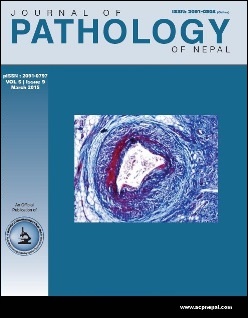Anti-Nuclear antibodies: Current concepts and future direction for diagnosing connective tissue disease
DOI:
https://doi.org/10.3126/jpn.v5i9.13788Keywords:
Autoantibodies, Indirect immunofluorescence, Antinuclear antibodies, Systemic lupus erythematosusAbstract
Identification of antinuclear antibodies has been used for the diagnosis of connective tissue diseases for more than fifty years. Indirect immunofluorescence on human epithelial (HEp-2) cells is considered the gold standard screening method for the detection of antinuclear autoantibodies. As the demand of ANA testing increased, the need for automation and standardization has also come forth. A high level of false positive and false negative cases is seen in various populations making it difficult to take clinical decisions. Newer technologies were introduced for the antibody detection to ensure high sensitivity and specificity. This article intends to provide an overview of the concepts on ANA testing, the different diagnostic methods available, the various patterns and clinical utility, the clinical guidelines to be followed, the drawbacks and what lies ahead in the future of ANA testing.
Journal of Pathology of Nepal (2015) Vol. 5, 766-773
Downloads
Downloads
Published
How to Cite
Issue
Section
License
This license enables reusers to distribute, remix, adapt, and build upon the material in any medium or format, so long as attribution is given to the creator. The license allows for commercial use.




